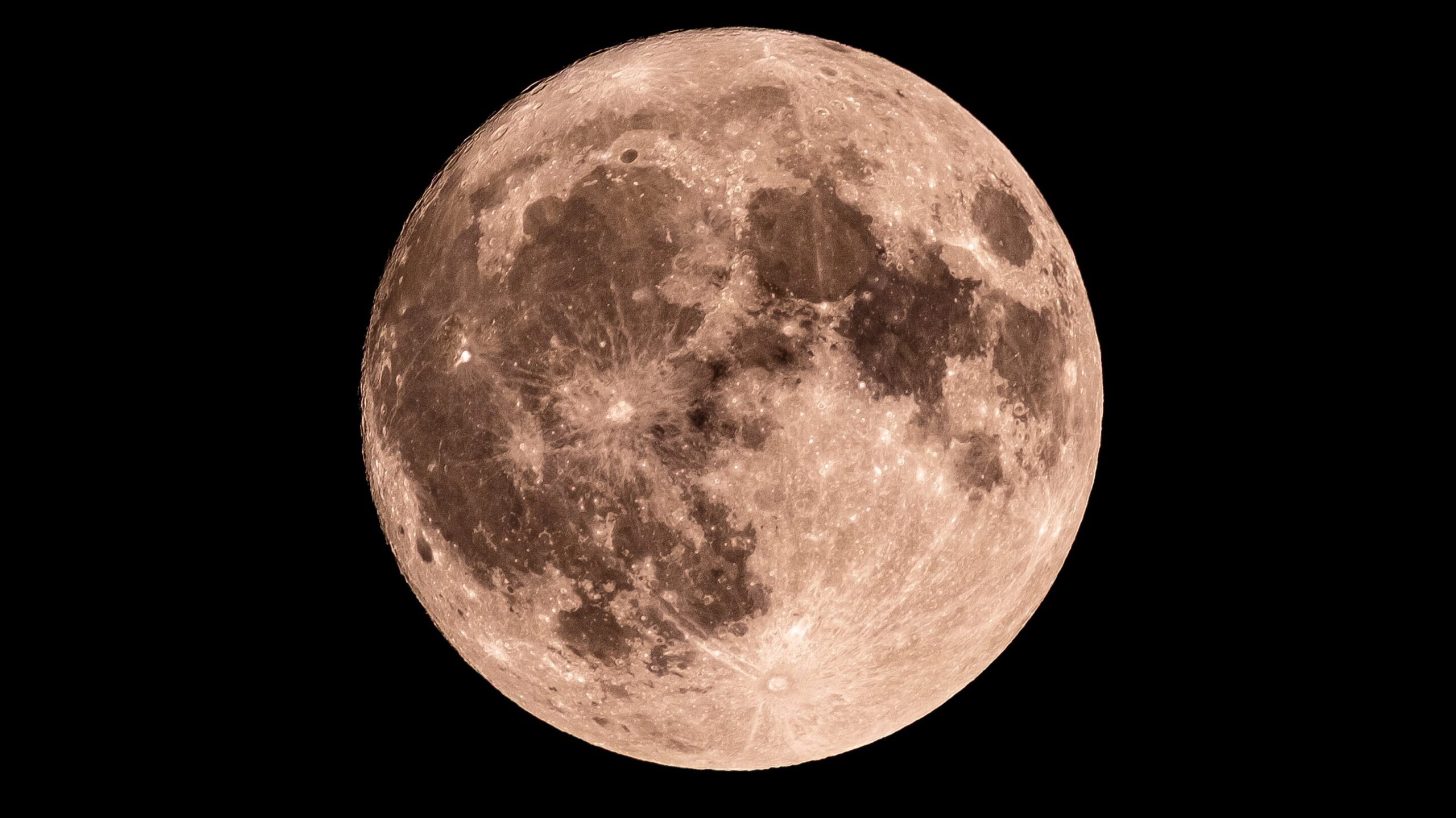Science
Crescent Moon Shines Dimly on October 18: What to Expect

On October 18, 2023, the moon will be in its Waning Crescent phase, displaying only a small crescent visible from Earth. This limited visibility indicates that just 8% of the moon’s surface will be illuminated tonight, according to observations by NASA. As the cycle heads toward the New Moon, this light will diminish further in the coming days.
Viewing Opportunities and Lunar Details
For those equipped with binoculars or a telescope, tonight offers a unique opportunity to observe the Grimaldi Basin, an impressive impact crater that spans approximately 124 miles in diameter. While the moon’s faint glow may not capture the attention of casual observers, enthusiasts can appreciate the lunar geography with the right equipment.
The next significant lunar phase will be the Full Moon, scheduled for November 5, 2023. This event will present a stark contrast to the dim light of the Waning Crescent, as the entire face of the moon will become fully illuminated, making it a prime time for skywatching.
Understanding Moon Phases
The moon goes through a continuous cycle every approximately 29.5 days, influenced by the changing positions of the Sun, Earth, and Moon. This cycle results in varying appearances of the moon from Earth, ranging from a full, bright orb to a completely dark silhouette. The eight primary moon phases include:
- New Moon – The moon is positioned between the Earth and the Sun, rendering it invisible.
- Waxing Crescent – A small segment of light appears on the right side.
- First Quarter – Half of the moon is illuminated on the right side, resembling a half-moon.
- Waxing Gibbous – More than half of the moon is lit, but it is not yet full.
- Full Moon – The entire face is illuminated, making it fully visible.
- Waning Gibbous – The moon begins to lose light on the right side.
- Third Quarter – Another half-moon, but the left side is now illuminated.
- Waning Crescent – A narrow sliver of light remains visible before the moon returns to darkness.
As the moon continues its journey through these phases, it highlights the dynamic relationship between celestial bodies, offering both scientific insight and aesthetic pleasure for observers around the globe.
-

 World5 days ago
World5 days agoExposing the Reality Behind Guatemala’s Garment Industry
-

 Politics5 days ago
Politics5 days agoLB Pharmaceuticals Quiet Period Ends October 21, Analysts Weigh In
-

 World5 days ago
World5 days agoHamas to Return Remains of Additional Hostage on Friday
-

 Business5 days ago
Business5 days agoRoyal Bank of Canada Upgrades Ovintiv to Outperform Rating
-

 Sports5 days ago
Sports5 days agoSaquon Barkley Reflects on James Franklin’s Dismissal from Penn State
-

 Entertainment5 days ago
Entertainment5 days agoSylvester Stallone’s ‘Alarum’ Surges in Streaming Despite Poor Reviews
-

 Health5 days ago
Health5 days agoFDA Announces First Nine Recipients of National Priority Vouchers
-

 Lifestyle3 days ago
Lifestyle3 days agoHistorian Seeks Help to Uncover Cherry Street’s Past
-

 Science5 days ago
Science5 days agoMIT Develops 3D Brain Models from Patient Cells for Custom Therapies
-

 Entertainment5 days ago
Entertainment5 days agoOlivia Nuzzi’s Memoir Set to Uncover RFK Jr.’s Controversial Texts
-

 Science3 days ago
Science3 days agoYale School of the Environment Launches Accelerated Master’s Programs
-

 Lifestyle5 days ago
Lifestyle5 days agoSouth Los Angeles Intersection Renamed to Honor Activist Danny Bakewell Sr.









